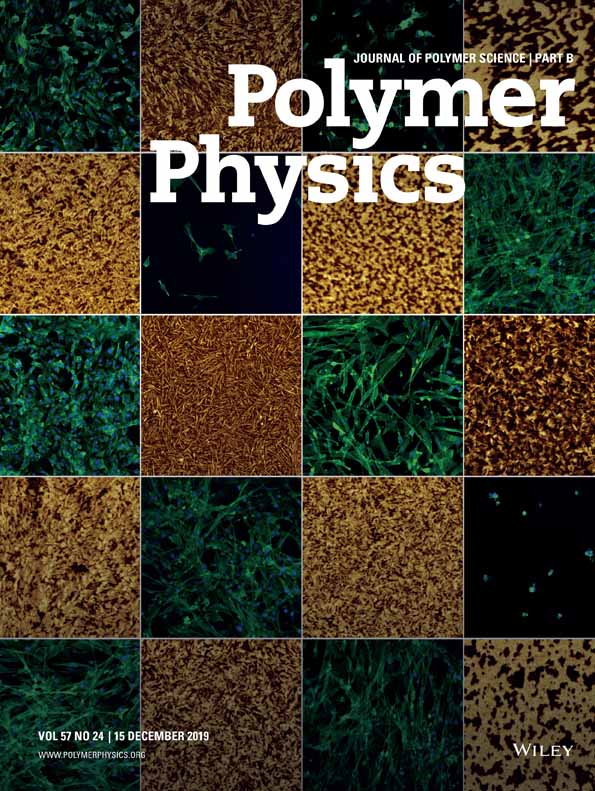Thermomechanical properties of liquid-crystalline epoxy networks arranged by a magnetic field
Abstract
During the curing process of a liquid-crystalline epoxy resin, a relatively strong magnetic field was applied, and the thermomechanical properties of the cured resin were investigated. The network orientation and mechanical properties of the cured system were evaluated with wide-angle X-ray diffraction, dynamic mechanical analysis, and fracture toughness testing. The cured system was found to have an anisotropic network structure, which arranged along the applied field, and the anisotropy was reflected in the thermomechanical properties. In particular, the fracture toughness of the system dramatically increased when the network chains were arranged across the direction of the crack propagation. © 2004 Wiley Periodicals, Inc. J Polym Sci Part B: Polym Phys 42: 758–765, 2004




